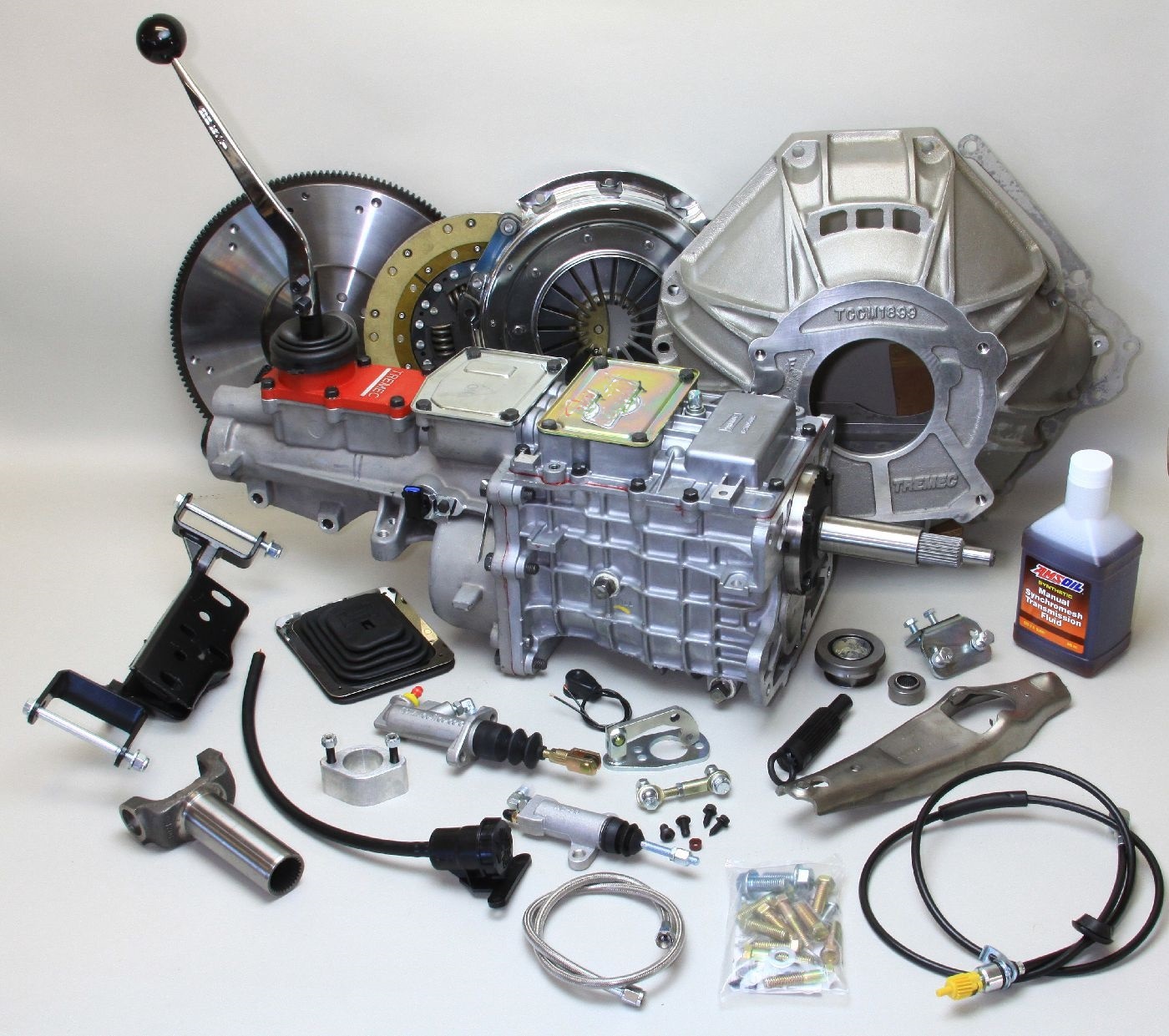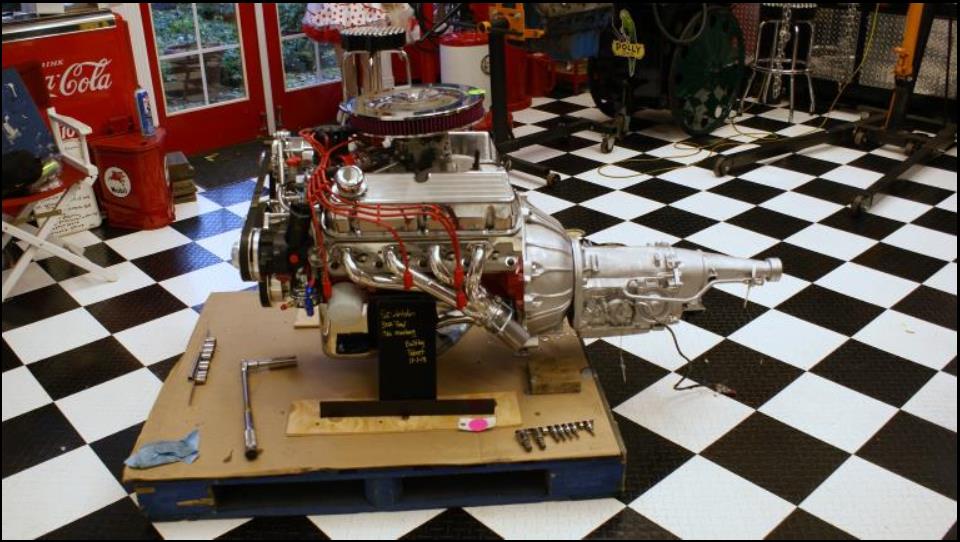History of Cobra Replicas Engine and Transmissions
Ahsan Bilal2023-12-11T05:46:56+00:00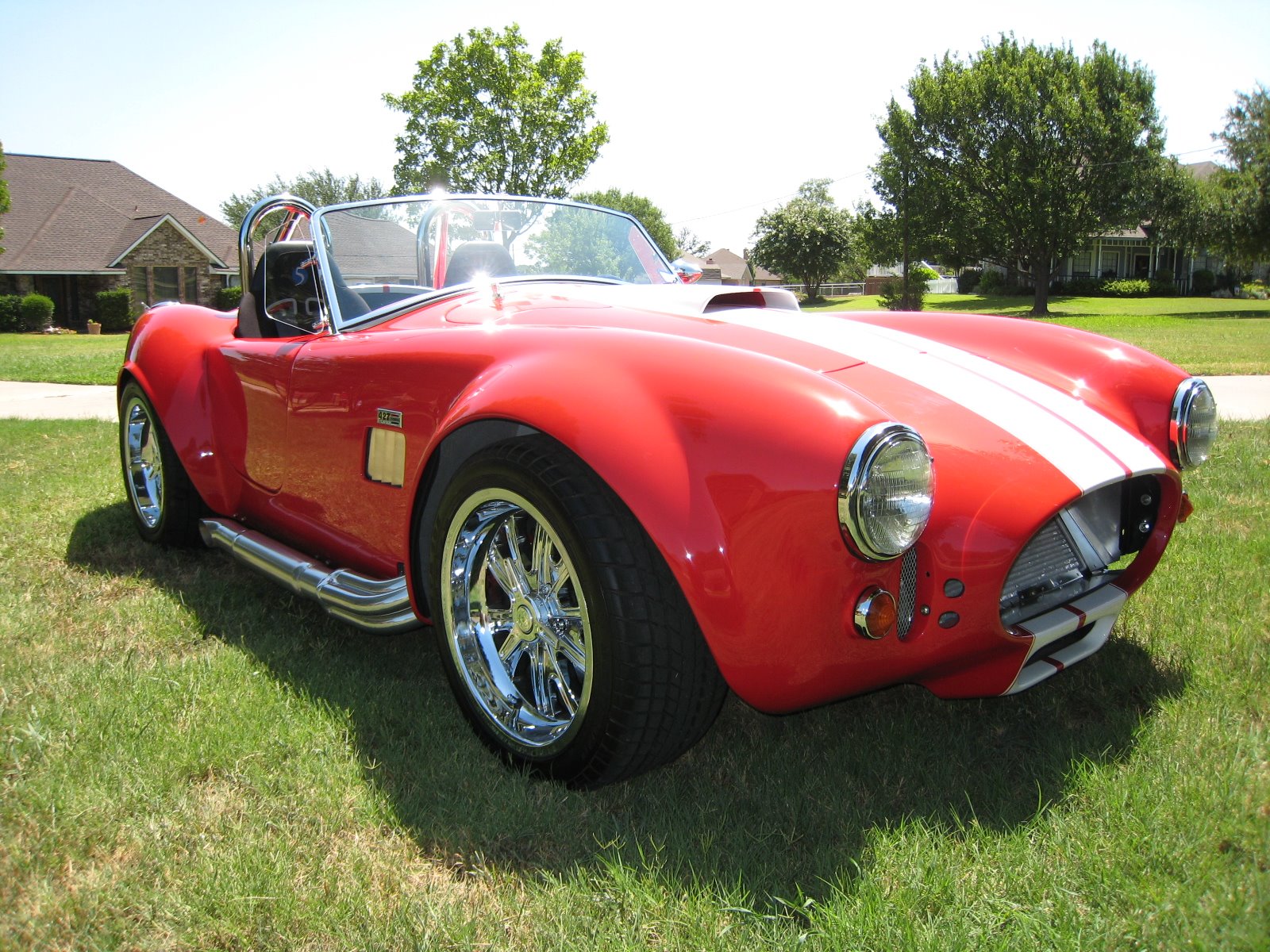
History of Engines and Transmission
Even before he started racing professionally and won the 24 Hours of Le Mans, Carroll Shelby had a dream of building sports cars under his own name. But in early sixties, that dream seemed impossible. His health condition forced him to stop racing and his other business ventures didn’t look promising. But in 1961, he got the news that AC Cars from England would stop production of their AC Ace model since the Bristol six cylinder engines weren’t available anymore. True entrepreneur at heart, Shelby realized that the light and nimble British roadster could be a perfect match for a powerful American V8 engine and that this could be the chance of becoming a constructor, and not just a retired racing car driver. Very soon, he contacted AC Cars and they sent him an engine-less body to his shop in California. With some help from Ford Motor Company and a small team of mechanics, the first Shelby Cobra was introduced in 1962. It was powered by Ford’s 260 engine, and later with a venerable 289 V8, and it pretty soon took the sports car world by a storm. The combination of lightweight body, small dimensions and brute US power proved to be revolutionary and the car did extremely well in competition all around the world.
Development
However, Shelby’s ambition wasn’t about to end there as he knew that Cobra had more potential. So, in 1964, Shelby started working on Shelby Cobra 427, an even more extreme version powered by a monstrous Ford big block 7 litre engine with around 450 bhp and over 600 Nm of torque. It was insane to put this kind of power in such a light car, but Shelby was not the guy who cared about sanity of his vehicles. He rightfully thought that there is no such thig as too much power and he was determined to build an ultimate classic muscle car. Instaling a 427 V8 proved to be more difficult and Cobra body needed to be stretched and widened with necessary improvements to the chassis and suspension. The overall design remained the same, but although 289 and 427 Cobras looked very similar, none of the body panels, except for hood, trunk and windshelid, are interchangeable.
Original Factory Engines
The original engine lineup consisted of;
- 170-cid straight-six
- 200 cid Straight – six
- 260-cid V-8 2 barrel carb
- 289-cid V-8 up to 271 horsepower.
Factory Transmission options
3 speed C4 Auto
3 speed Manual
4 speed manual Toploader
TD Performance offer Custom Crate Engines and Engine / Trans Options to Repower your 1965-1966 Classic Mustang, ranging from Daily Driver, Street Performance to Street / Strip. Any one
Of the combinations listed will upgrade the factory / old 6 or 8 cylinder Engine.

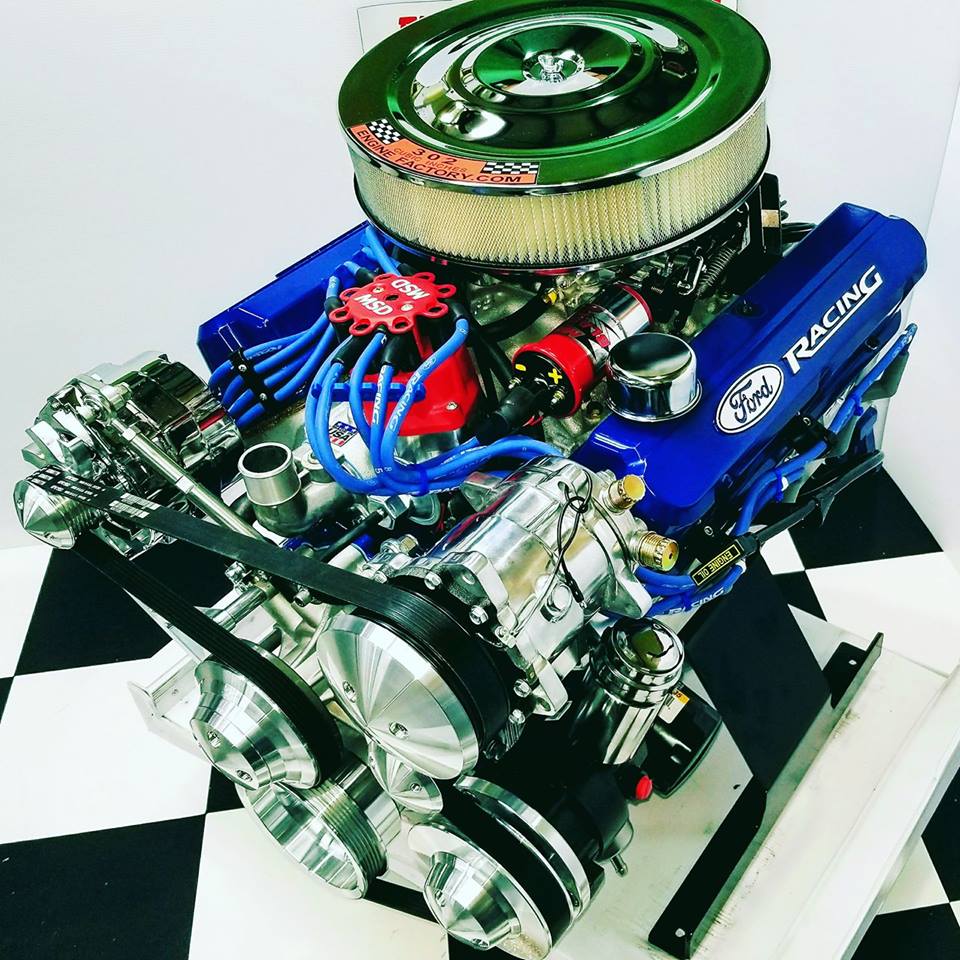
Engine Resto-mod setups ( Upgraded Suspension, Shock towers removed )
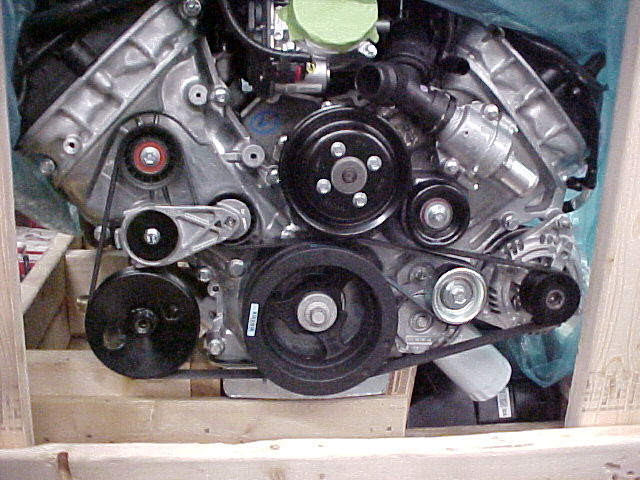
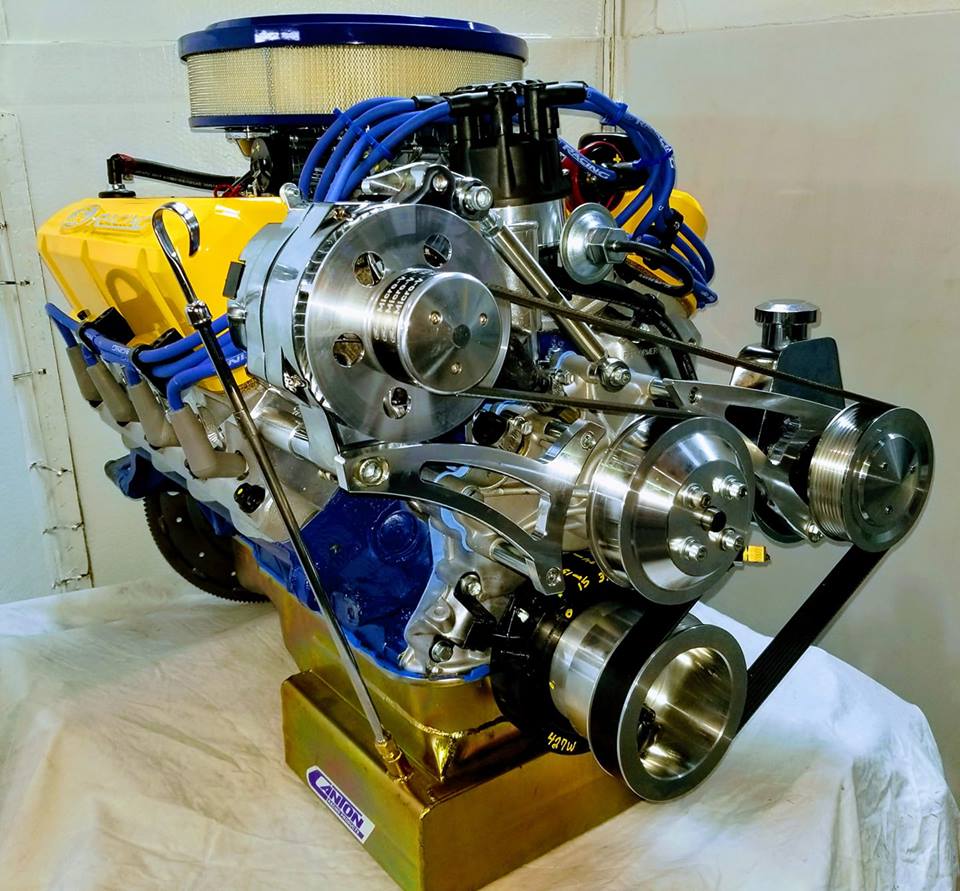
Click Here to view our options
Modern day transmission choices we offer packaged with our engines
